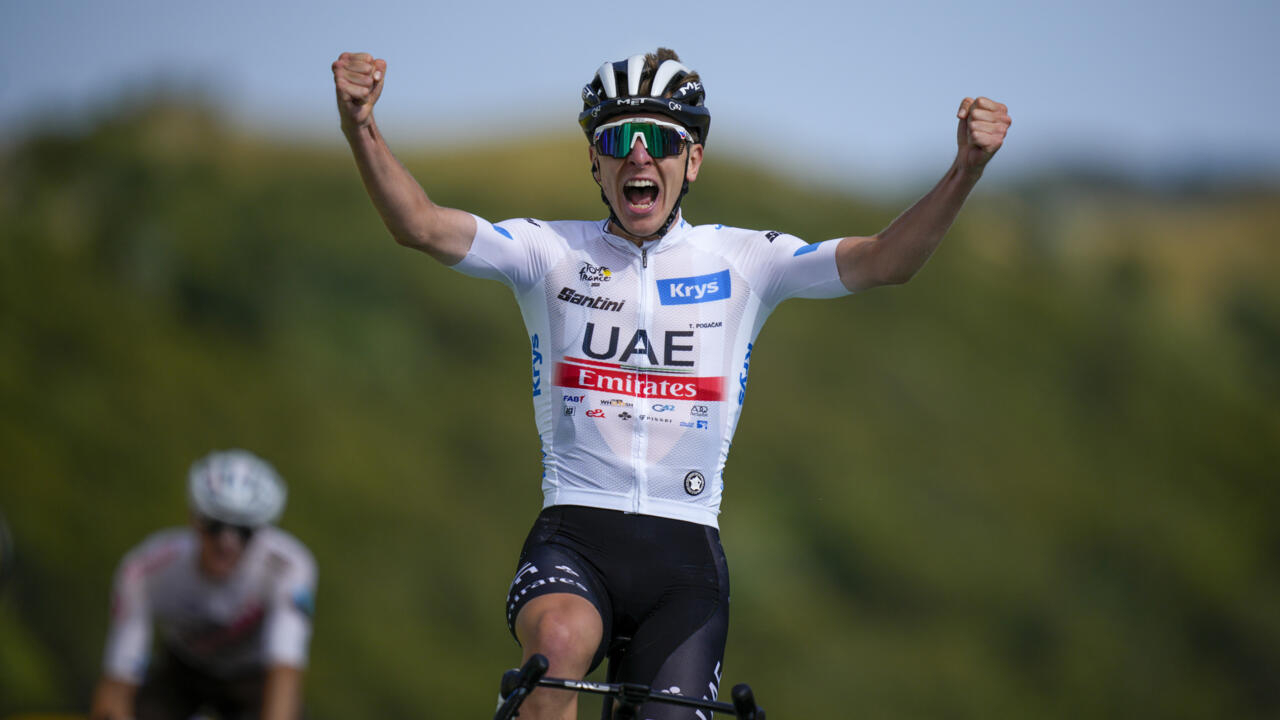How to Qualify for a Cycling Race – Simple Steps and Real Tips
If you’ve ever stared at a race entry list and wondered why you’re not on it, you’re not alone. Qualification can feel like a mystery, but it’s really just a set of clear rules and a bit of preparation. Below you’ll find the most common ways to earn a place in a bike race, plus practical advice you can use today.
The first thing to check is the race’s qualification criteria. Most events publish a short list on their website: a minimum age, a finishing time from a previous race, or a points score in a local series. Some big races, like the Tour de France qualifiers, look for UCI points, while a community criterium might only need a recent 20‑km time trial under a set time. Write those numbers down – they’re your target.
Meet the Time Standards
Time standards are the most common hurdle. If a race says you need to finish a 10‑km loop in under 25 minutes, you’ve got a clear goal. Grab a bike computer or use a phone app, pick a flat route, and do a few test rides. Record your best time, then aim to shave off 5‑10 seconds each week. Small improvements add up, and you’ll hit the target faster than you think.
Don’t forget to factor in terrain. A hilly course will naturally be slower, so look for a flat test ride that matches the race’s average gradient. Adjust your goal accordingly – a 5‑second per kilometer penalty for hills is a good rule of thumb.
Earn Points or Placements
Some races use a points system. Every finish in a sanctioned event earns you points based on position and race category. The more points you collect, the higher your ranking, and the better your chances of getting a start slot. To boost points quickly, sign up for local club rides, crits, and regional road races. Even a 10th‑place finish adds up if you’re consistent.
When you plan your season, map out events that give the most points for the least travel. A weekend of three short races can be more efficient than a single long distance event, especially if you’re targeting a specific points total.
Beyond numbers, race organizers often look for riders who show commitment. Turn up early for registration, wear the event’s kit, and be courteous in the paddock. A good impression can sometimes tip the odds in your favor if you’re on the cusp of qualifying.
Now, let’s talk paperwork. Most races require a completed entry form, proof of insurance, and sometimes a medical certificate. Keep digital copies of these items in a cloud folder so you can upload them instantly. Missing a document is a cheap way to lose a spot.
Equipment matters too, but you don’t need a pro‑level bike to qualify. Focus on a bike that fits well and is in good condition. A well‑tuned drivetrain, comfortable saddle, and properly inflated tires can shave seconds off your time trial and keep you from mechanical DNF’s.
Finally, mental prep is a hidden qualifier. Visualize the race, practice the start line routine, and plan your nutrition. A clear mind helps you stay relaxed on the day, which often translates into a smoother ride and a better time.
In short, qualification boils down to three things: know the rules, train to the target, and handle the admin. Follow these steps, stay consistent, and you’ll see your name on the start list more often than you expect.
Have any women ever tried to qualify for Tour de France?
Absolutely, women have indeed attempted to qualify for the Tour de France! The most notable is probably British cyclist, Kathryn Bertine, who spearheaded a campaign for a women's Tour de France. Women's participation has been a controversial issue since the race began in 1903, but it's important to note that a separate race, La Course by Le Tour de France, was introduced in 2014. Even so, many argue that it doesn't hold the same prestige as the men's race. It's clear that women's cycling is gaining momentum, but there's still a long road ahead for equal recognition in Tour de France.
More